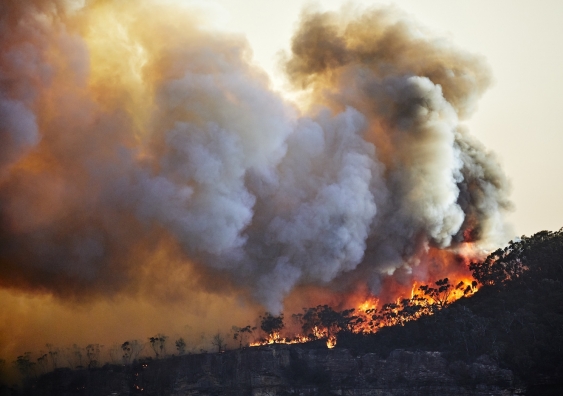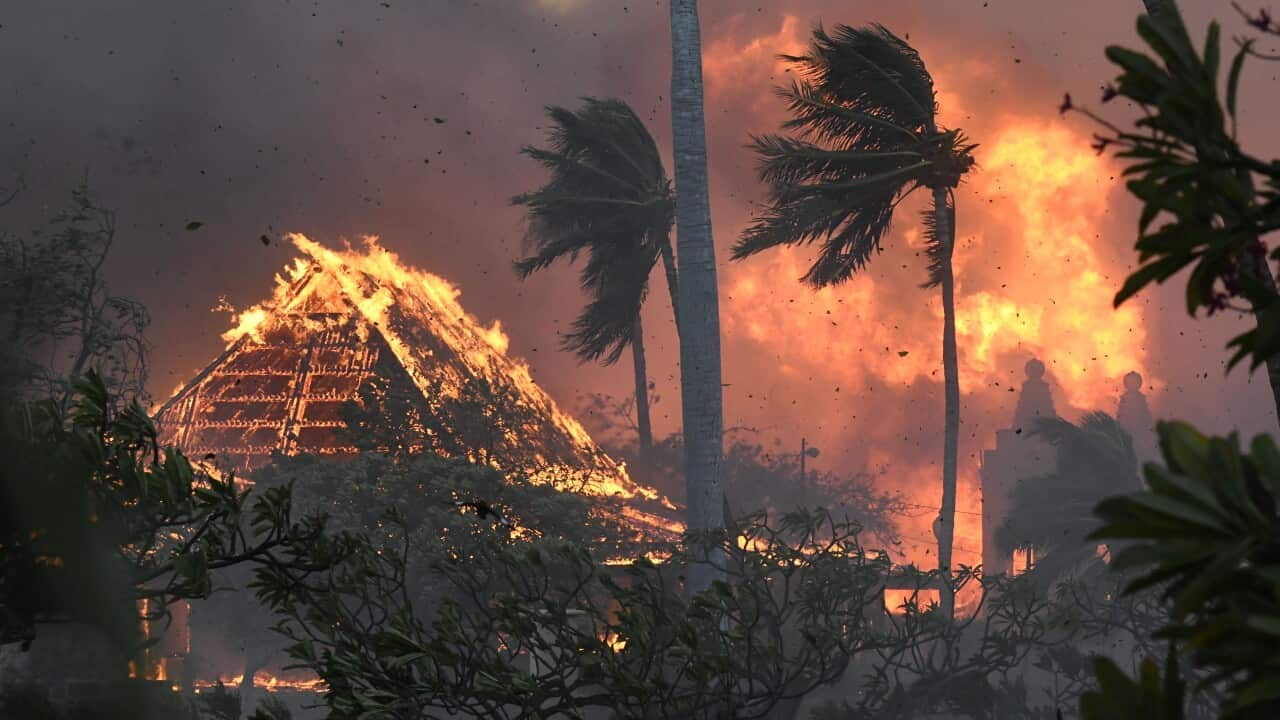The Value of Bushfire Monitoring in Fire Security
In the realm of fire defense, the significance of effective bushfire monitoring can not be underrated. As areas globally grapple with raising circumstances of wildfires, the aggressive technique to stop and alleviating these all-natural calamities via calculated bushfire monitoring approaches has actually become a crucial component. Beyond the prompt hazard to human life and home, the interplay in between bushfire management and eco-friendly preservation, area participation, and environment adjustment postures complicated challenges that need detailed remedies.
Relevance of Proactive Bushfire Prevention
Proactive bushfire prevention approaches are vital in reducing the devastating impacts of wildfires on areas and communities. One vital aspect of positive bushfire avoidance is gas monitoring.
Furthermore, creating firebreaks - cleared areas where plants is purposefully removed to create an obstacle to reduce or stop the progression of a bushfire - is one more essential positive procedure. By carrying out these approaches, the spread of wildfires can be limited, shielding both human lives and the setting. Furthermore, educating the general public ablaze security methods and promoting neighborhood awareness about the value of bushfire avoidance are crucial elements of positive techniques. Inevitably, positive bushfire prevention plays a considerable role in safeguarding communities and environments from the harmful influences of wildfires.
Duty of Neighborhood Involvement in Fire Defense
Involving the neighborhood in fire protection initiatives is essential to enhancing the effectiveness of positive bushfire prevention approaches. Community involvement plays a vital function in cultivating a cumulative understanding of the risks presented by bushfires and the relevance of preparedness actions. By including neighborhood citizens, authorities can disseminate essential info ablaze safety methods, evacuation treatments, and early caution systems, empowering people to take aggressive actions to safeguard their properties and lives.
By fostering a society of preparedness and cooperation, areas can strengthen their ability to react efficiently to bushfire emergencies, reducing the impact on residential properties and lives. Eventually, community interaction is a foundation of extensive fire protection methods, emphasizing the significance of collective activity in securing vulnerable locations from the danger of bushfires.
Significance of Wild Animals Preservation in Bushfire Monitoring
Preservation of wild animals plays a vital function in effective bushfire monitoring techniques, guaranteeing the defense of diverse communities and biodiversity in fire-prone areas. Wildlife preservation is vital as it adds to the total durability of ecological communities, aiding in their capacity to recoup and withstand from the effect of bushfires. By preserving habitats and protecting numerous varieties, the natural equilibrium within these ecosystems is kept, which is important for their long-lasting wellness and sustainability.
Furthermore, wildlife conservation additionally helps in lowering the risk and intensity of bushfires. Healthy and balanced ecosystems with well-preserved wildlife populations can function as all-natural firebreaks, decreasing the spread of fires and other restricting their destructive possibility (BMP). Certain animal species, like tunneling pets or birds that spread seeds, play distinct functions in aiding or avoiding fires in the post-fire regeneration of habitats
Including wild animals conservation into bushfire monitoring approaches is not only vital for securing biodiversity but also for promoting the general wellness and strength of environments in the face of increasing fire risks.
Benefits of Strategic Gas Reduction Programs
Strategically implementing gas decrease programs is essential in mitigating the threat and influence of bushfires in fire-prone regions. These programs involve regulated burning, mechanical cleaning, and various other methods to minimize the amount of flammable plants available to sustain wildfires. By tactically minimizing fuel loads in crucial locations, such as close to household areas or important infrastructure, the intensity and spread of bushfires can be considerably reduced.
One of the primary advantages of fuel decrease programs is the improvement of total fire durability in a community. By developing tactical fuel breaks and minimizing the continuity of vegetation, these programs assist to interrupt the path of a bushfire, making it less complicated for firemans to snuff out the blaze and consist of. Furthermore, gas decrease programs can secure biodiversity by protecting against exceedingly intense fires that can devastate environments and intimidate wild animals populations.
Additionally, these programs can likewise safeguard human lives and residential property by reducing the risk of devastating fires that posture a significant risk to communities. Inevitably, tactical fuel reduction programs play an essential role in positive bushfire monitoring and promoting a safer setting for both individuals and nature.
Effect of Environment Adjustment on Bushfire Danger

Greater temperature levels result in drier vegetation, making it a lot more at risk to ignition. Decreased rains in particular regions extends drought problems, better enhancing the flammability of the landscape. Furthermore, the transforming climate has actually internet modified wind patterns and atmospheric conditions, causing even more unpredictable fire behavior and rapid fire spread.
As the climate remains to transform, the regularity and strength of bushfires are expected to rise, demanding a aggressive and flexible strategy to bushfire administration. Approaches must develop to represent the transforming risk landscape, incorporating climate projections and thinking about long-lasting strength in fire monitoring preparation. Resolving the influence of environment modification on bushfire threat is crucial in developing effective strategies to protect lives, property, and the environment.
Conclusion
In conclusion, proactive bushfire prevention, community involvement, wild animals conservation, calculated gas decrease programs, and factor to consider of climate adjustment are crucial parts in reliable fire security. By executing these techniques, we can better handle bushfire risks and shield both human lives and the setting. Bushfire Risk. It is imperative that stakeholders interact to prioritize these actions to decrease the disastrous effect of bushfires on ecological communities and areas

As the environment proceeds to transform, the regularity and intensity of bushfires are expected to climb, demanding a aggressive and flexible approach to bushfire management.In verdict, aggressive bushfire prevention, area involvement, wild animals preservation, strategic gas reduction programs, and consideration of environment modification are vital elements in effective fire defense.